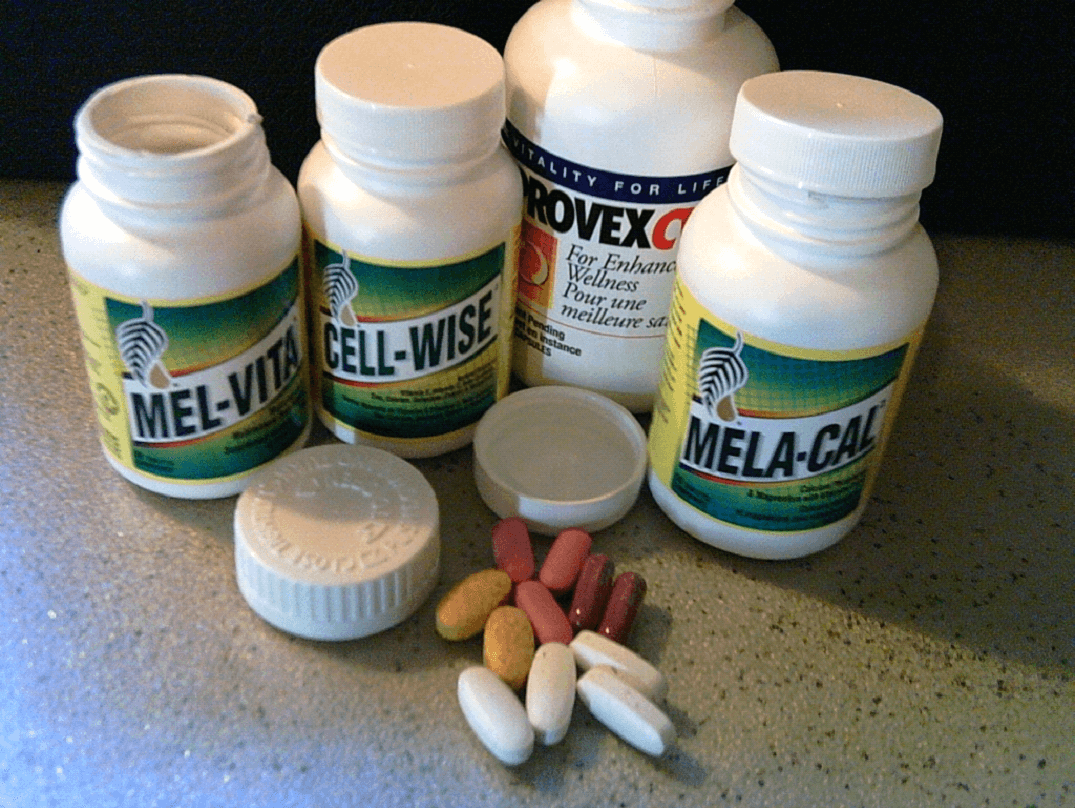Candida albicans is the fungus that causes the vast majority of yeast infections. An infection caused by the yeast candida is called Candidiasis or Candidiasis.
Candida albicans yeastcan be found in the mouth, intestines, and vagina. A good balance between these yeasts and bacteria aids in the elimination of dangerous organisms both within and on the body. When this delicate equilibrium is upset, Candida develops abnormally, resulting in yeast infection.
Candida albicans is the most common etiological agent of vaginal yeast infection. This infection affects the majority of women at some time in their lives. Women with vaginal yeast infections commonly experience swelling and redness in the vagina and surrounding tissues. In addition, the itching or burning caused by some of these infections can cause sexual discomfort and vaginal soreness, and other symptoms. A thick white liquid may also be produced due to the infection (1).
Chronic yeast infection is also named chronic vulvovaginal candidiasis. You have persistent vulvovaginal candidiasis if you have four or more vaginal yeast infections per year. Around 10 percent to 15 percent of women fall into this category. Such an illness can be quite frustrating for individuals.
Recurrent Chronic Yeast Infection
Chronic vulvovaginal candidiasis symptoms are common, but the medical community often doesn’t notice them. This can be frustrating for both patients and doctors. Make sure you get the proper diagnosis which lays the foundation for a suitable treatment plan.
Recurrent vulvovaginal candidiasis (RVVC) is the most common cause of vaginal symptoms that last a long time. It may be important for host factors to play a role in people with RVVC caused by Candida albicans (2). Many people who take oral antifungal drugs will break the recurrence cycle for a long time. Yeast infections caused by other types of yeast may be more challenging to treat with the same methods usually used. The recurrence of the chronic yeast infection is related to the persistent growth of the organism in the gastrointestinal tract. This results in reinfection in the vagina.
Root Causes of Chronic Infection
Long-term yeast infections can happen if the body’s environment is good for yeast overgrowth. You’re also more likely to get yeast infections again if you have a weak immune system. When there is an imbalance or change in the bacteria in the vagina, long-term yeast infections can happen. These bacteria are usually good at stopping Candida from growing too much. If antibiotics kill too many bacteria, there can be an imbalance or change, resulting in chronic yeast infection (3).
The following health conditions can increase the risk of chronic and recurrent yeast infections.
You Have an Overgrowth of Yeast in Your Gut
Ninety-eight percent of women that suffer from chronic recurrent vaginal yeast infections have too much yeast in their gastrointestinal tract. This can be caused by antibiotics or other lifestyle factors that reduce the good bacteria in the intestine that control yeast colonies. However, reduce those good bacteria enough, and Candida yeast grows out of control. It simply transfers from the anus to the vagina resulting in constant self-reinfection.
Weak Immune System
People have an immune system to protect them from harmful pathogens and disease. However, some underlying health problems like HIV, hepatitis, influenza etc., can weaken the immune system, making a person more vulnerable to chronic fungal and yeast infections (4).
Pregnancy
As a result of hormonal changes, pregnant women have more sugar in their vaginal secretions, which can help Candida albicans grow. This can cause a long-term yeast infection. In addition, as hormones change, some women have more problems with yeast infections. Changing hormones resulting in high estrogen levels raise vaginal glycogen levels, and that sugar feeds the Candida yeast.
Pregnant women should not take high doses of fluconazole to treat yeast infections because it can cause congenital disabilities. The spread of Candida can also happen by skin-to-skin contact. Most breastfeeding moms and their babies do this, but it can happen with any child. The best way to stop the spread of yeast infections is to make sure both mom and baby are completely free of yeast infections.
Diabetes
Hyperglycemia, or very high blood sugar, is a common symptom among people with diabetes. Yeast infections are more likely when a person has hyperglycemia, promoting yeast growth. Therefore, it can be avoided if blood sugar levels are kept under control.
Sexual Activity
A sexually transmitted infection (STI) isn’t the same as a yeast infection, but it can be spread between sexual partners. Candida is not classified as a sexually transmitted disease even though it lives in the vagina. However, men can indeed get yeast infections called balanitis. It makes the penis red, causing soreness and itching. Uncircumcised men are more likely to get balanitis. Nearly 10 percent to 15 percent of men say they get an itchy rash on their penises after having sex with a woman who has a yeast infection. As long as a woman has a yeast infection, even a mild infection, she can give it to her partner. If a woman is not having sex, she can still get an infection from the fungus(5). In some cases, wearing condoms and dental dams can help. This is helpful if you or your partner have a lot of yeast infections.
A drug-resistant strain of yeast
While it’s not very common, a type of yeast that can fight off most common medicines may be the source of your chronic yeast infection. If you and your doctor determine that your infection is not responding to treatment, they might suggest a different antifungal drug and a more complicated treatment plan. Lifestyle changes and supplements could be part of this (6).
Treatment
Yeast infections are usually treated with antifungal creams or suppositories that can be bought over the counter or oral antifungal medicine. However, it’s more challenging to treat recurrent yeast infections, and it may involve:
- Antifungal treatment for a long time, i.e., vaginal cream, ointment, tablet, or suppository.
- Maintenance therapy after the first treatment gets rid of the infection.
- Changing your lifestyle can help you avoid getting sick again. For example, don’t wear tight clothes that keep heat and moisture in, and do not use certain perfumed hygiene products.
- Consider taking probiotics that contain effective probiotic bacteria to raise bacteria numbers, which keeps yeast numbers in check.
Finding the root cause of a chronic yeast infection does require some trial and error to ensure that you are finding the most suitable treatment plan for your specific case. However, if you believe you have a yeast infection or simply not going away, it’s essential to be proactive in finding the root cause to get your health back on track!
About the author:
Dan Jackowiak, Nc, HHP, Founder of Yeast Infection Advisor. Dan is a Holistic Healthcare Practitioner and Nutritional Consultant that personally suffered from yeast and bad bacterial overgrowth of the gut for most of his life. The information on his website is a combination of his own nutrition and holistic training, life experiences, collaboration with fellow experts on his team, and over 18 years of studying medical research on candida yeasts infections of all types, which has allowed him to take his life and health back help others overcome yeast-related health problems and digestive problems of all kinds.






